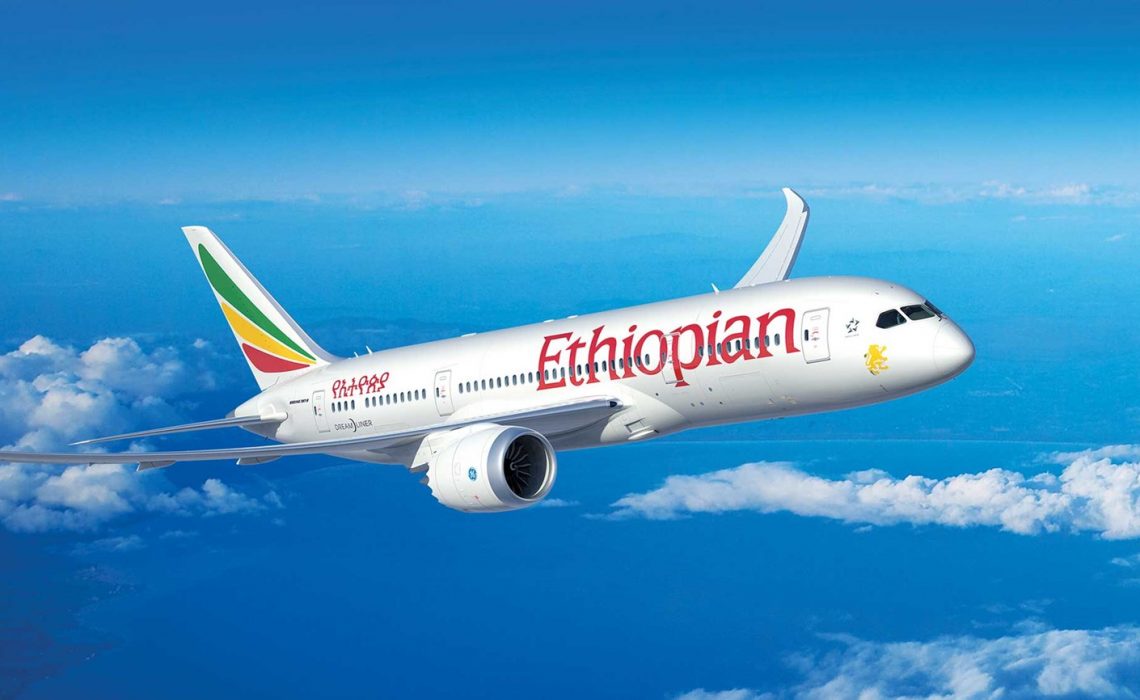
You might also like:
Ethiopian Airlines might not be familiar to the average U.S. flyer or travel agent. But the carrier, which flies to 54 African cities from hubs in Addis Ababa and the West African nation of Togo, is working to change that.
“We have one of the youngest fleets in the industry and a great network,” said Nigusu Worku, the carrier’s U.S. director of sales and services. “It can be a serious option for travel to Africa.”
In the past two years, Ethiopian has added service to Newark and Los Angeles to its longer-standing daily Washington Dulles flight.
Next summer, Worku said, the carrier plans to introduce service to either Houston or Chicago, both of which are hubs for its codeshare and Star Alliance partner United Airlines, as are Dulles, Los Angeles and Newark. A recent report in Ethiopian newspaper The Reporter said Chicago would get the nod, but the carrier would only tell Travel Weekly that O’Hare is being “seriously considered.”
The Los Angeles and Newark flights, which currently operate four times a week, might also be expanded to daily.
Ethiopian operates a Boeing 787 Dreamliner from Los Angeles to Addis Ababa with a stop in Dublin. The Newark flight, also operated with a Dreamliner, stops at Togo’s Lome-Tokoin Airport. Dulles-Addis Ababa service is nonstop, but the return flight from Ethiopia makes a fueling-only stop in Dublin.
Ethiopian offers Africa’s most extensive connecting network, according to Brendan Sobie, chief analyst for the CAPA Centre for Aviation.
“It is very much a network carrier, almost similar to the strategy of Emirates and Turkish,” he said.
Of course, among U.S. travelers, Ethiopian doesn’t have the prestige of Emirates or, for that matter, Turkish. Nor is it as well-known as other airlines with a significant connecting footprint to and from Africa, including Qatar, Lufthansa and Air France.
But for those who might pause before using an airline from a poor East African state, there is little reason to worry. Ethiopian runs a modern fleet of 94 aircraft that includes 19 Boeing 787 Dreamliners, six Airbus A350s and a variety of other Boeing narrowbody and widebody planes.

This year, Ethiopian finished 48th in the prestigious Skytrax World Airlines awards, one slot ahead of fellow African carrier South African Airways. While that ranking isn’t particularly high, it was the best in Africa and better than the rankings achieved by Southwest (54), American (74) and United (78).
Ethiopian is outperforming its African competition in other regards, as well. For the fiscal year that ended in June 2016, which is the most recent that the carrier has made available, Ethiopian reported a net profit margin of 11.26%, and its profit of $262.4 million was the highest on the continent. By comparison, South African lost $110.5 million in its 2016 fiscal year, and margins regionwide were minus-0.9%.
Sobie said the carrier’s success can be attributed to a combination of quality management and a strong strategy. In addition, Ethiopia hasn’t been beset by turmoil like Kenya and Egypt, the home of two of Ethiopian’s largest African competitors, where terrorism and political instability have led to precipitous drops in tourism.
Ethiopian also has grand ambitions. The carrier’s long-term strategic plan calls for it to achieve a $1 billion annual profit by 2025. With that in mind, the carrier is expanding rapidly. In the 2016 fiscal year, it grew available seat miles by 23%. Recent new destinations include Oslo, Singapore and Victoria Falls in Zimbabwe. The carrier expects to add eight more new destinations by next June, said Worku, including Chicago or Houston.
Sobie said Ethiopian’s primary hub, Addis Ababa Bole Airport, is an acceptable facility. Ethiopia is currently building a much larger airport in Addis Ababa, which is expected to be able to handle up to 120 million passengers annually.
Meanwhile, Lome Airport in Togo unveiled a new terminal in April 2016.
Source: travelweekly.com



